How To Make Sugar Wax At Home, How To Apply, And Aftercare Tips
Remove hair easily and in the comfort of your home with this sweet treat.
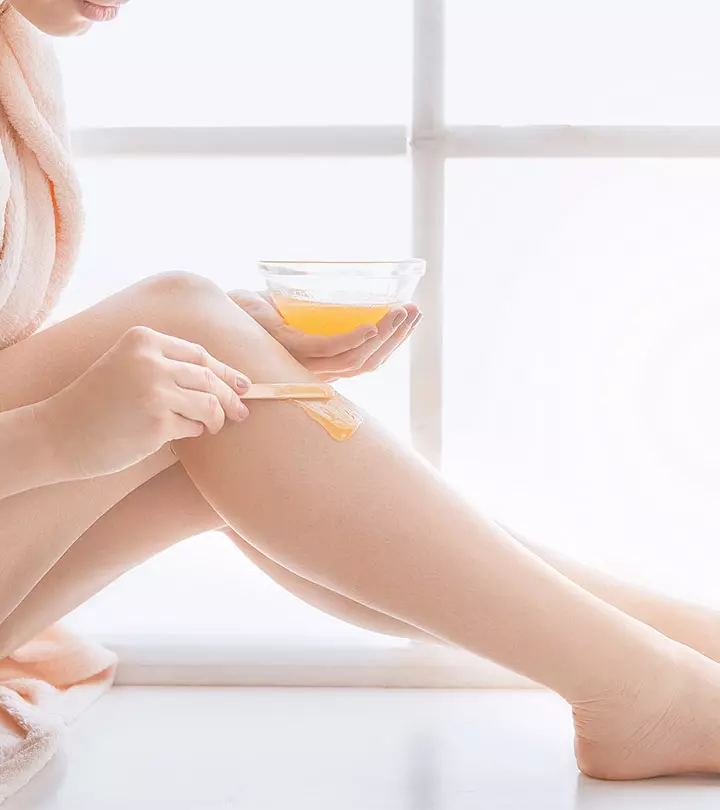
Image: iStock
If you want to get rid of unwanted hair, visiting a salon every time might not always be a feasible option. We have the solution. You can prepare sugar wax at home to remove unwanted body hair at your convenience.
The process of sugaring has made waxing more convenient and cost-effective. In addition, it is all-natural, less painful, and suits all skin types, including sensitive skin.
This article discusses how to prepare sugar wax at home and use it to get smooth, clean, and soft skin. Keep reading!
In This Article
What Is Sugar Wax?
Sugar wax has been used for centuries as a natural waxing method (1). Sugar, lemon juice, and water are combined to prepare sugar wax paste. What’s amazing about sugar waxing is that it helps remove tan and dead skin cells while making your skin soft, smooth, and glowing. Since sugar wax consists of natural ingredients, it is non-toxic, inexpensive, and easy to prepare and clean up.
 Trivia
TriviaScroll down to the next section to know about its benefits.
Key Takeaways
- Sugar waxing is a natural method that is inexpensive, non-toxic, and easy to prepare and clean up.
- It suits all skin types as it is less painful and causes less irritation.
- However, you may experience injury if you do not pull off the strip the right way.
Benefits Of Sugar Wax
1. Non-Toxic
Unlike harsh, traditional waxing methods, sugar wax is made of all-natural ingredients like sugar, lemon juice, and water. Therefore, it is a safe way to remove body hair.
2. Less Painful
Sugar waxing is less painful than other waxing methods. Since the sugar paste is prepared at a tepid temperature, there is no chance of burning your skin with hot wax or exposure to harmful chemicals.
As the sugar paste is rubbed into the skin, it gets easily absorbed into the follicles, enabling the body hair to slide out more easily. This results in a full extraction with no hair breakage or unpleasant pulling.
3. Easy To Clean Up
Sugar wax is considerably easier to remove from the skin. As it is water-soluble, you can easily wash your skin with water and wipe it up after the procedure. No matter how long it has been on the skin, no sticky residue is left behind.
4. Suitable For Sensitive Skin Types
People with sensitive skin are prone to irritation, redness, inflammation, and ingrown hairs. However, sugar waxing can help you avoid these issues. Unlike epilation or other hair removal techniques, sugar waxing is less painful and causes minimal irritation.
5. Natural Exfoliant
The grainy texture of sugar wax may help remove dead skin cells and promote smoother-looking skin. Sugar wax adheres to even the most fine hair and does not lead to any skin irritation. The gentle exfoliation caused by this wax helps prevent ingrown hair too, leaving the skin soft and rejuvenated.
Now, let’s discuss the process of at-home sugar wax recipe to achieve silky, smooth skin.
How To Make Sugar Wax At Home
Ingredients
- 1 cup sugar (Use white or brown granulated sugar)
- ¼ cup fresh lemon juice
- ¼ cup water
Directions
- Add lemon juice and water to a medium-sized saucepan and cook on medium heat for a couple of minutes.
- Add the sugar and stir with a wooden spoon. Make sure the heat is on the maximum setting.
- When the mixture gets bubbly, turn the heat down to medium and continue stirring. Remember, if you do not keep stirring, the mixture will harden and become ineffective.
- Cook over medium heat for another five minutes until the sugar paste is smooth and turns golden.
- Place a teaspoon of the mixture in the refrigerator. Allow it to cool before checking the consistency. If the paste is thick and gooey, it is good to go. If not, cook it for a few more minutes over medium heat, stirring constantly.
- Allow the mixture to cool for at least 30 minutes.
- Pour the sugar paste into a glass storage jar to cool completely once you have attained the desired consistency.
Note:
Do not apply hot sugar to your skin. Allow plenty of time for the sugar paste to cool before using it so that it does not burn or damage your skin.
Here are a few tips you should follow before sugaring.
Pre-Waxing Preparation
1. Exfoliate Your Skin
Exfoliating your skin before waxing enables the hair to stick to the wax properly
. However, unlike shaving, the hair must be long enough for an effective hair removal procedure. Therefore, if you want the finest results, your hair should be growing for at least two weeks. If you are unsure about the length, trim it to roughly one-fourth of an inch with scissors. Exfoliate in the shower and make sure your skin is completely dry before waxing.
2. Do Not Participate In Sweat Sessions
Sweating excessively can open the pores and make your skin more susceptible to infection. Avoid doing anything that can induce excessive sweating, such as sauna, working out, or resting in the tub, at least 24 hours before sugaring.
3. Avoid Sun Exposure
Avoid exposure to the sun for at least 48 hours before sugaring. If that is not an option, ensure you cover any places you intend to wax with sunscreen, clothing, or an umbrella.
4. Do Not Use Bath And Body Products
Avoid using any bath and body products like perfume or makeup on the day of your waxing. The wax will not only stick better to clean hair follicles but also reduce the danger of irritation and infection.
How can you sugar wax at home? Scroll down to learn more about the technique.
How To Apply Sugar Wax At Home
1. Wash And Pat Your Skin Dry
Keeping your skin clean will help you avoid infections and ingrown hairs. Therefore, cleanse or exfoliate your skin with a mild product and warm water. This helps to open up your pores and reduce any pain or inflammation during waxing.
2. Apply Baby Powder
Sugar will not stick to wet hair. So, using baby powder will help keep your skin dry and moisture-free.
3. Scoop Up A Small Amount Of Wax
Scoop out the room temperature sugar paste using your fingertips. Swirl it around your other fingers and thumb to form a little ball. Repeat until the mixture is malleable enough to spread. You can also use a butter knife or wooden ice cream stick instead of your hands.
4. Apply The Paste To Your Skin
Apply the sugar paste in the opposite direction of your hair growth. If you are working on your hands or legs where most of the hair is facing down, spread the sugar wax up the skin. This will make the hair come out easily and prevent ingrown hairs.
5. Make A Flick With Your Wrist
Make a flick with your wrist towards the direction of your hair growth. When you apply sugar paste up your thigh, flick it downward, moving your hands quickly and confidently. If the wrist-flicking technique is too tough for you, substitute it with fabric or paper wax strips and use the sugar paste as wax.
6. Rinse And Pat Your Skin Dry
Once you are happy with the results, rinse your skin with water and pat it dry with a towel. Unlike wax, sugar will dissolve quickly with water leaving your skin smooth, glowing, and tan-free.
7. Follow Up With A Moisturizer
To prevent post-waxing inflammation, you can use any natural moisturizer, such as coconut oil or aloe vera gel, body lotion, or baby oil after rinsing your skin. Avoid using soap, perfume, makeup, or any topical products with harsh elements for the next 24-48 hours to prevent any adverse reactions, such as redness or skin irritation. Also, avoid saunas to keep the sweat off your skin.
Word Of Caution: Sugar wax is great for removing hair from the back, legs, and chest. Test it on a small area if you plan to apply it to your underarms, bikini area, or upper lip.
 Quick Tip
Quick TipKeep the following tips in mind after performing sugaring.
Aftercare Tips
1. Let Your Skin Breathe
Wear loose clothing and refrain from using any bath or body products, such as deodorants, cosmetics, or lotions, for 48 hours after waxing. However, you can apply an all-natural moisturizer like aloe vera gel or coconut oil to soothe your skin and keep it hydrated.
2. Exfoliate Your Skin
Exfoliate gently after two days of waxing to prevent ingrown hairs. Move in a gentle, circular motion with a dry brush or exfoliating glove. Repeat the process every 3 to 4 days.
3. Avoid Sweat Sessions
Do not work out and avoid saunas, resting in the tub, or doing anything that can produce excessive sweating.
4. Avoid Touching Your Skin
Sugaring or waxing makes your skin extremely sensitive. Touching, scratching, or picking at freshly waxed skin can irritate the area even more.
5. Avoid The Sun And Tanning Beds
Sugared skin is susceptible to damage from UV rays and more likely to burn. Therefore, stay away from the sun for the next 24 hours after your sugaring treatment. You must also avoid tanning beds.
Waxing at home has its advantages, but it also comes with drawbacks. Let’s look at what they are.
Risks And Side Effects
The most common hazard while sugaring is human mistake. The risks will increase if you do not know the right waxing technique.
- If you do not wait for the sugar wax to cool, it may burn your skin.
- Pulling off the paste requires a specific method, which, if not followed the right way, can cause injury. If the skin is not held tightly while stripping the sugar, it may lead to bleeding, pain, or damage.
- While waxing dry skin helps the hair to stick to the wax, waxing overly dry skin may lead to inflammation and pain.
- If you prepare sugar wax without maintaining hygiene or sanitation guidelines, the risks of infection will be higher.
Sugaring is one of the most convenient and cost-effective methods to get rid of unwanted body hair. It is a safe, easy, and natural hair removal method you can try in the comfort of your home. Sugar wax helps remove dead skin cells and tan, making the skin smooth, radiant, and soft.
You can use sugar wax on the underarms, upper lips, bikini areas, and chest. Follow the tips and instructions discussed in the article to prepare sugar wax at home. However, do a patch test before using sugar wax to avoid skin irritations or allergic reactions.
Frequently Asked Questions
Is sugaring less painful than hard wax?
Sugaring is less painful than waxing since it pulls less on the skin, even while removing the hair properly. This also implies that you will experience significantly less discomfort and irritation.
How often should you sugar wax?
Depending on the body part and hair growth rate, use sugar wax at a gap of 2 – 4 weeks.
Can you shower after sugaring?
After a body sugaring treatment, avoid taking hot baths or showers for at least 24 hours. Instead, use warm (not hot) water on the sugared area and avoid scrubbing or using aggravating or fragrant products.
How long does sugar wax last for?
Sugar waxing can last up to 3 to 6 weeks. The outcome may vary based on the person’s hair growth rate, their skin health and texture, and existing skin conditions, if any.
Can waxing increase hair growth?
No, waxing does not contribute to increased hair growth. Instead, regular sugar waxing may help extend the hair growth cycle and make hair fine and sparse.
This instructional video will give you a detailed overview of how to prepare sugaring wax at home. Learn the simple recipe, preparation steps and how to use it for effective hair removal. With ease.
References
Articles on StyleCraze are backed by verified information from peer-reviewed and academic research papers, reputed organizations, research institutions, and medical associations to ensure accuracy and relevance. Read our editorial policy to learn more.
- Sugaring Modern Revival of an Ancient Egyptian Technique for Hair Removal
https://jamanetwork.com/journals/jamadermatology/article-abstract/2527531
Read full bio of Dr. CP Thajudheen
Read full bio of Monomita Chakraborty
Read full bio of Eshna Das
Read full bio of Swathi E







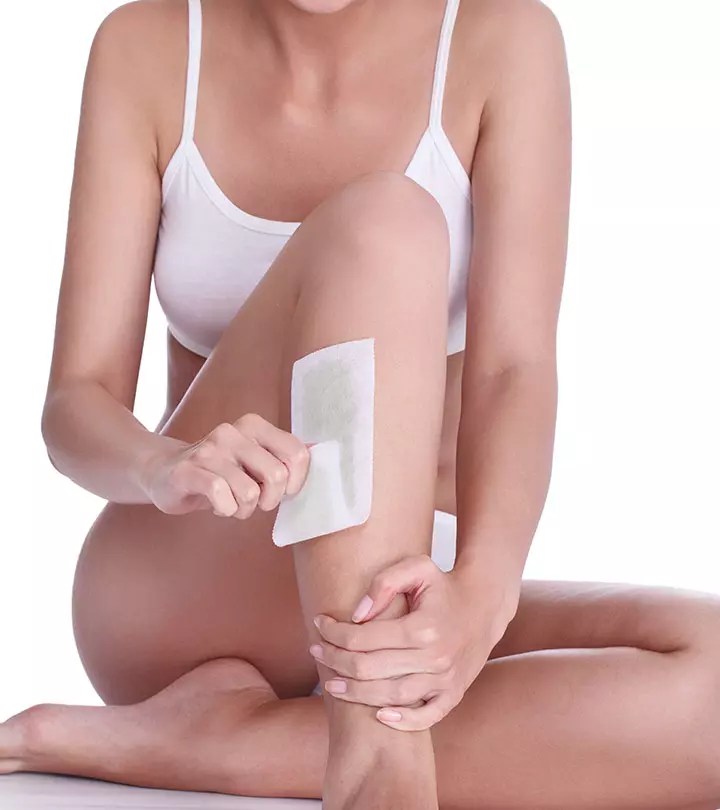
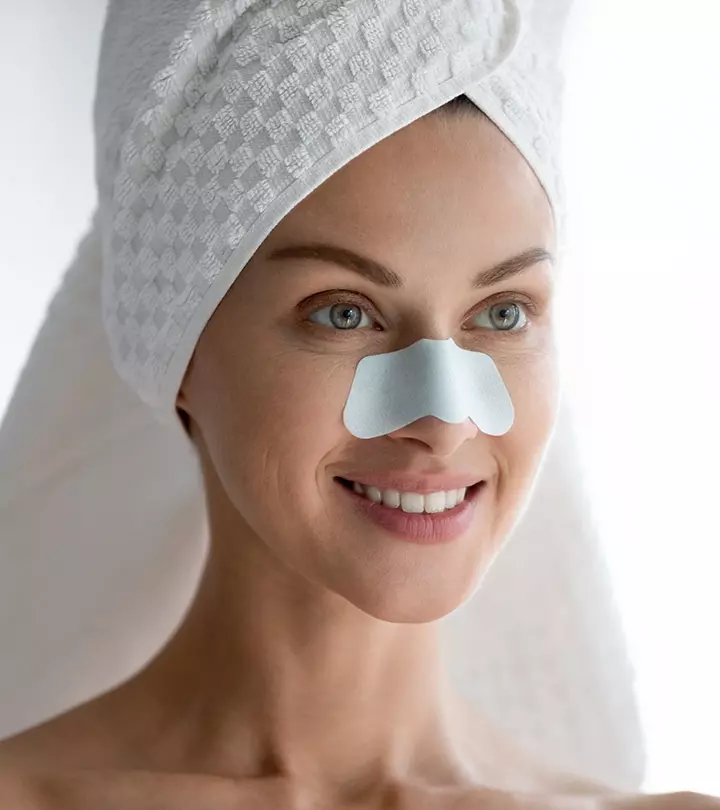
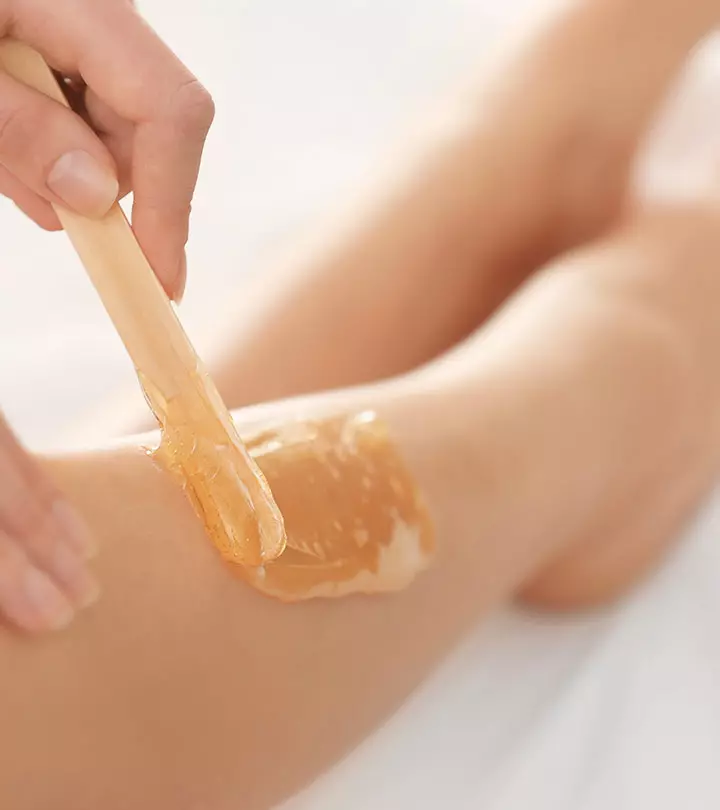

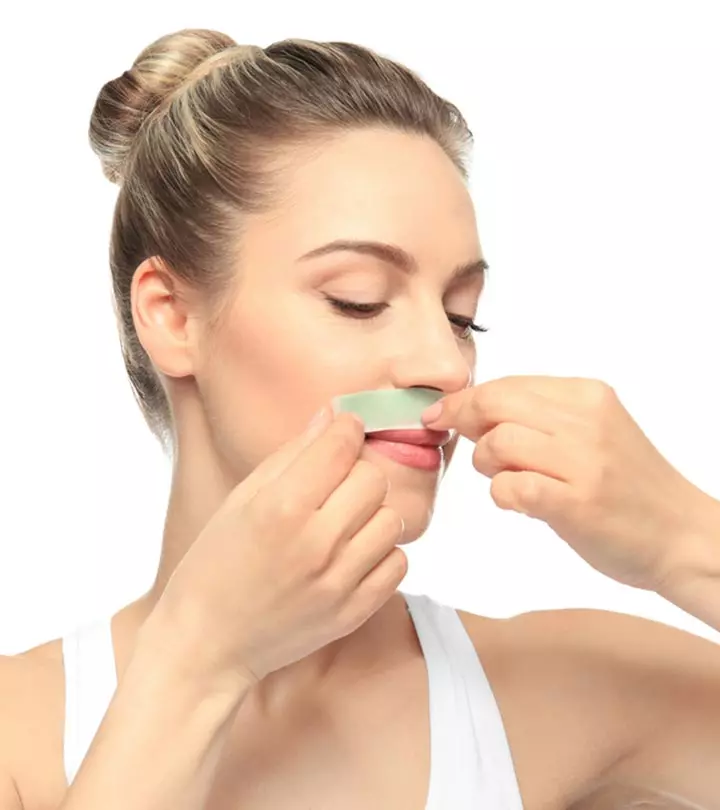

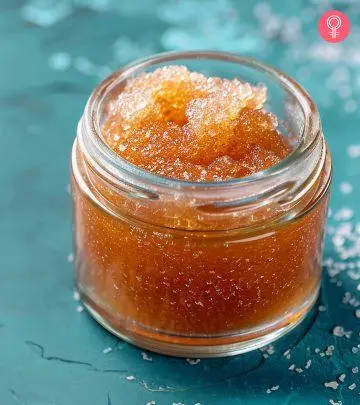

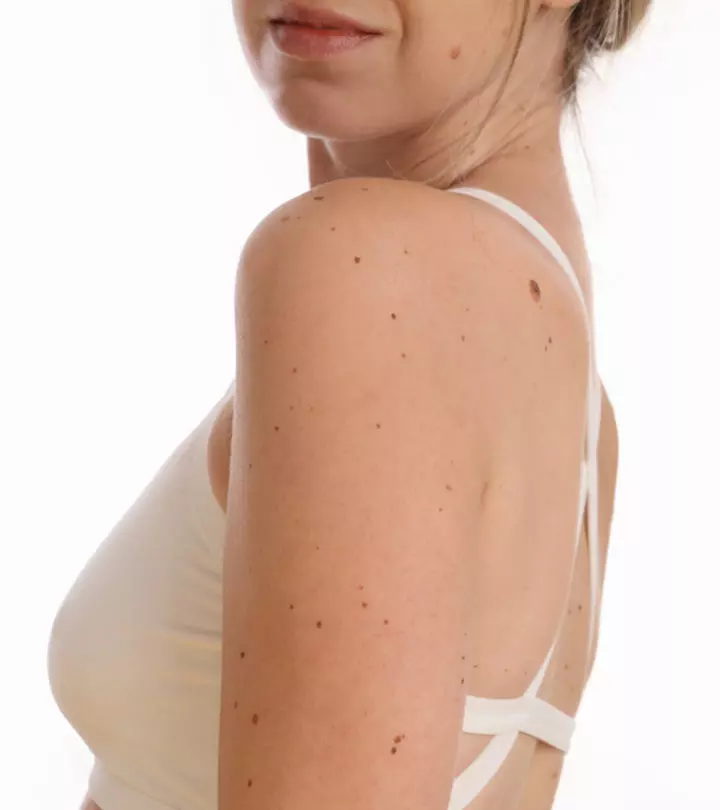
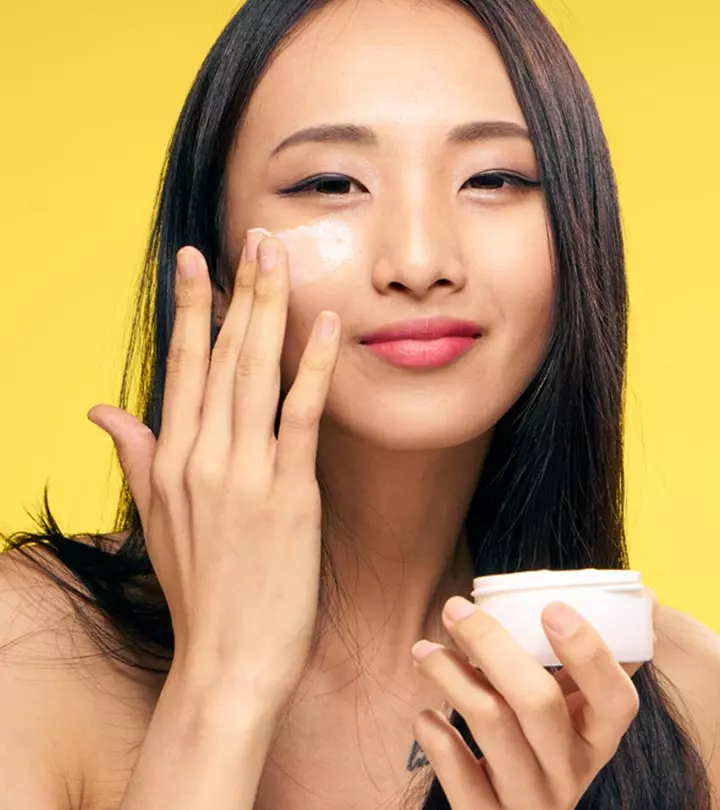
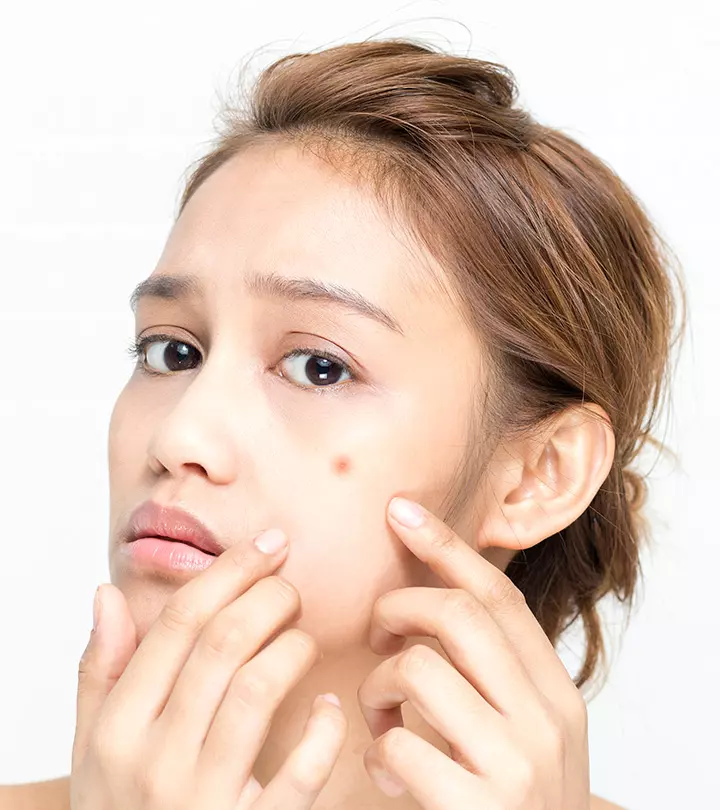


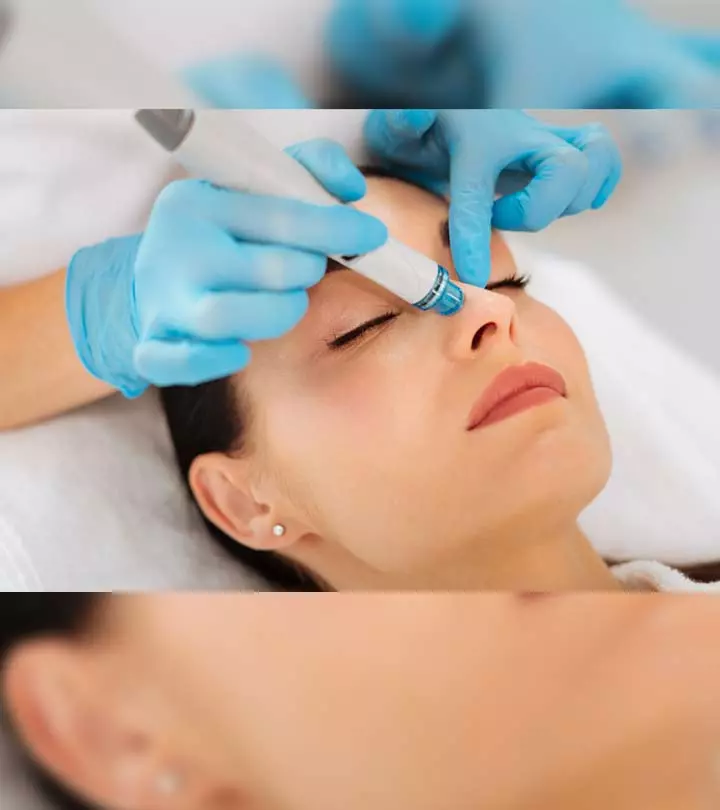
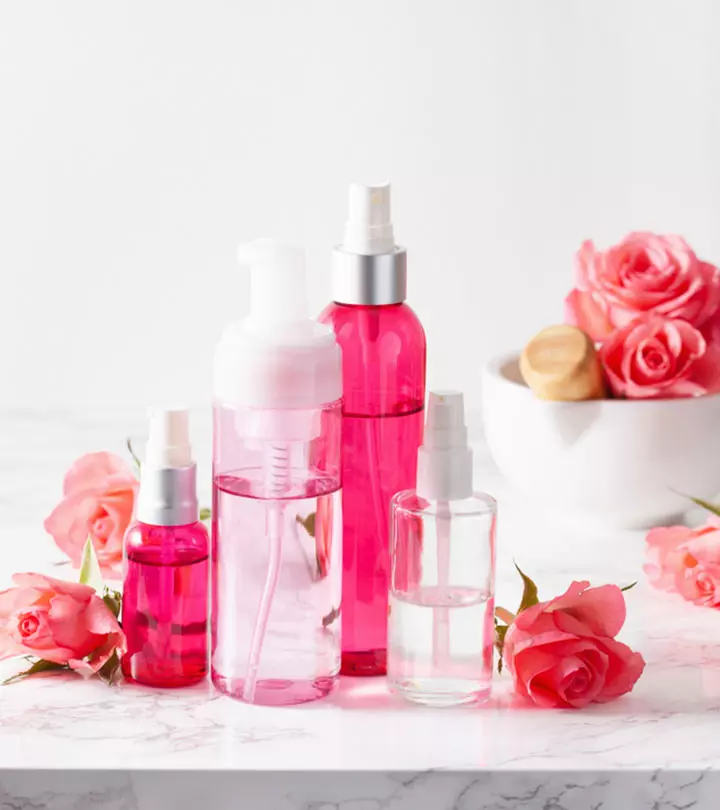
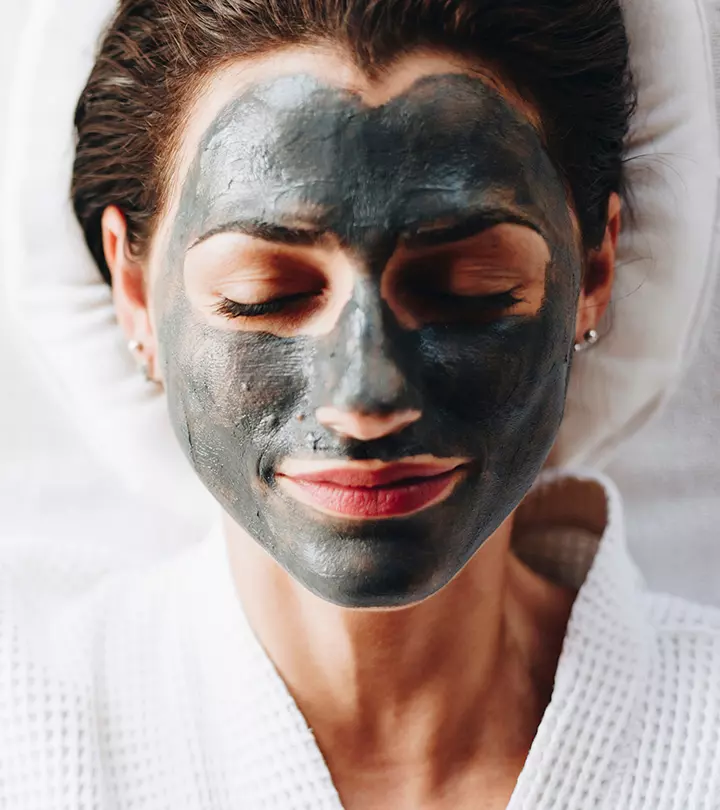
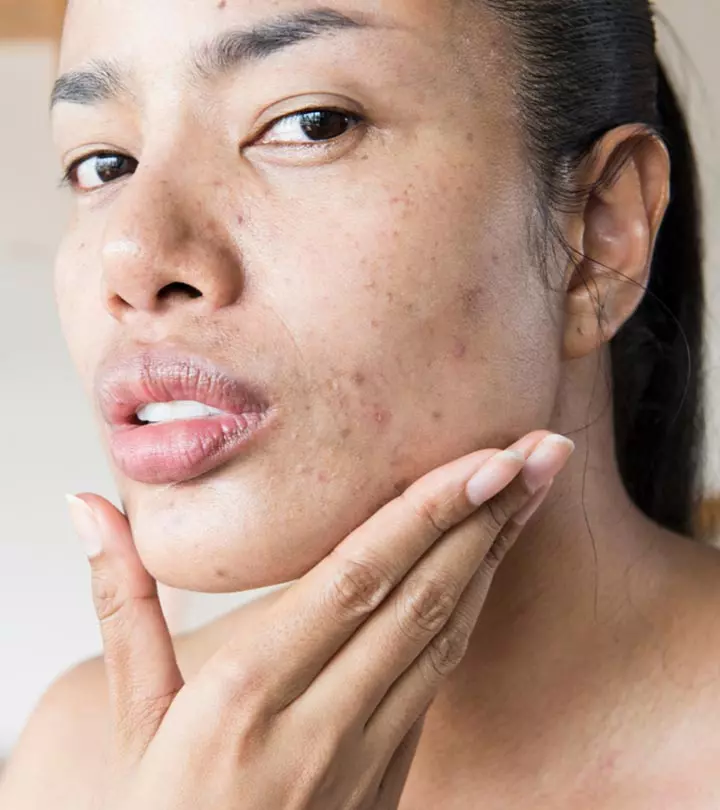

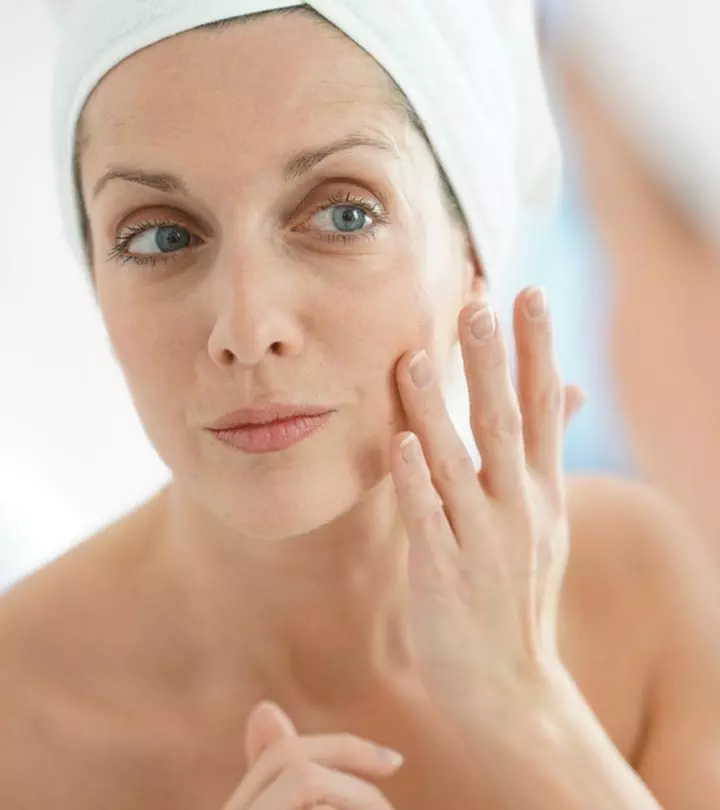
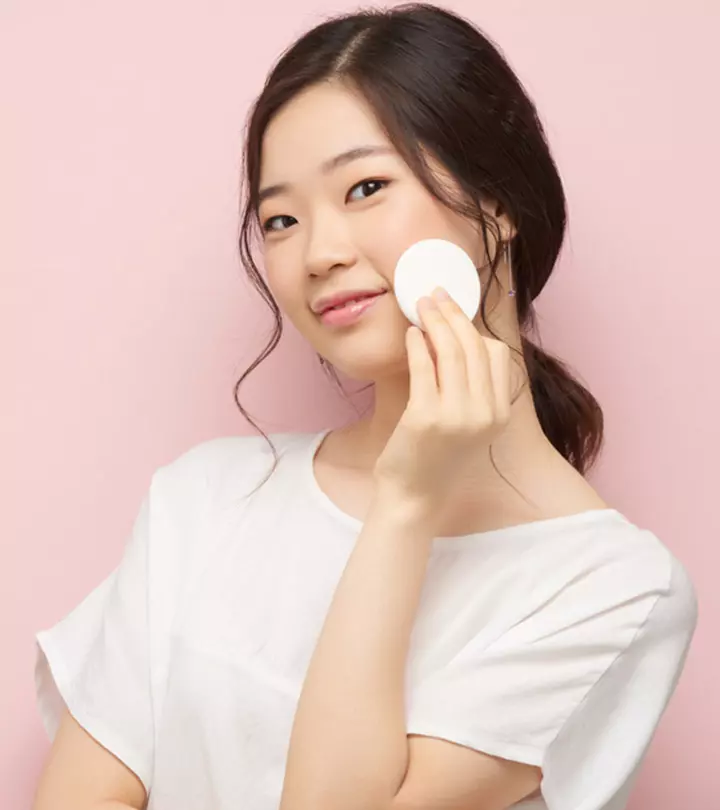
Community Experiences
Join the conversation and become a part of our empowering community! Share your stories, experiences, and insights to connect with other beauty, lifestyle, and health enthusiasts.